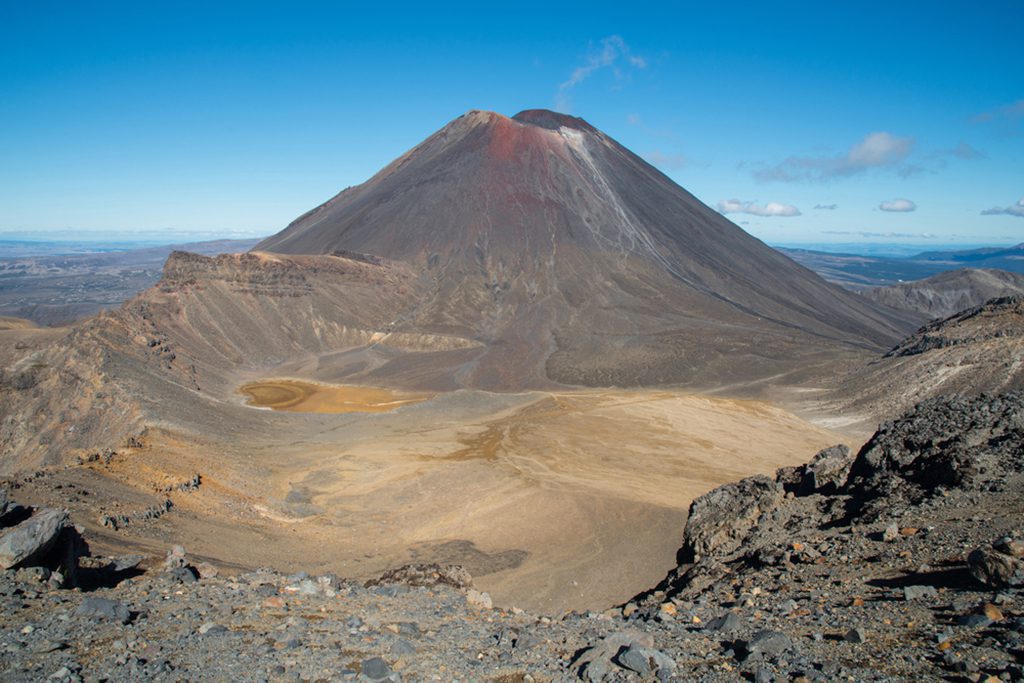Straddling the Pacific and Indo-Australian tectonic plates, New Zealand is very mountainous and dotted with many volcanic peaks. One of the most active supervolcanoes on Earth is located in the Taupo Volcanic Zone on the North Island. Among its numerous soaring summits, you can make out a number of steaming craters and jagged calderas.
The Maori have a long history of respect and awe for the country’s enormous volcanoes, which have inspired many myths and legends. The stunning natural beauty and profound cultural significance of these areas have ensured their fame.
8. Mount Tauhara

Mount Tauhara, at the geographic center of the North Island, looks out over the glistening waters of Lake Taupo, and its base is surrounded by fantastic forests and fields. On a clear day, you can see Mount Ruapehu and Mount Tongariro, two of the highest peaks in the country, from the peak of this mountain, which stands at an altitude of 1,087 meters.
The name Mount Tauhara, which literally means “alone,” is steeped in Maori tradition, as are many of New Zealand’s volcanoes. The reason for this is because it is located in an isolated part of the Taupo caldera, staring across the lake at Mount Pihanga, the object of its unrequited love. The inactive lava dome is now a popular hiking destination due to the breathtaking views it offers hikers.
7. Mount Pirongia
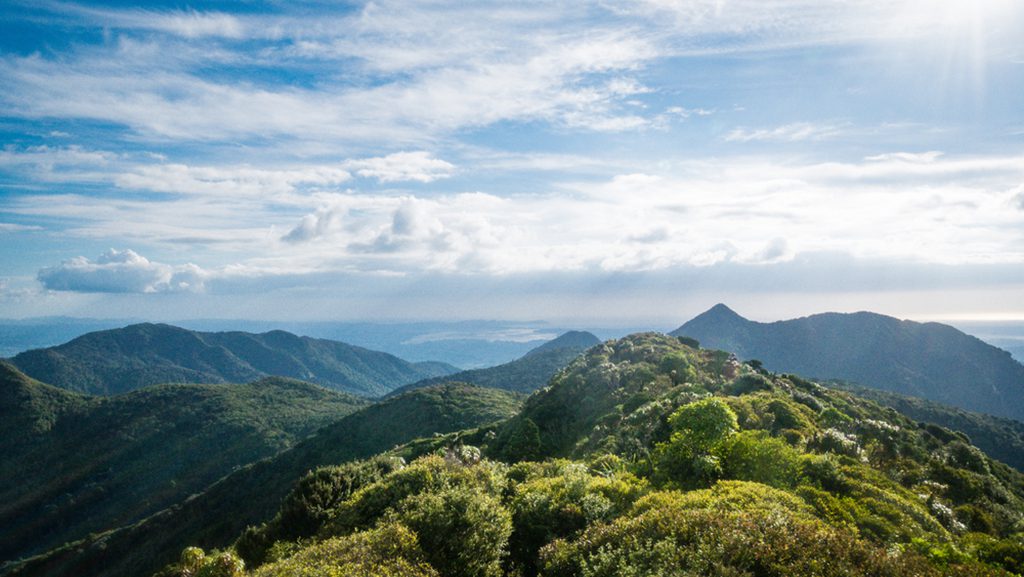
The Pirongia Forest Park volcano stands out from the rest of the landscape, and from its lofty summits, visitors can take in breathtaking panoramas. Mount Pirongia’s gradual slopes appear lovely, covered in lush forests. There are several beautiful trails and paths that weave through them, making exploration a pleasure.
As a result of all the vegetation, the mount provides a safe refuge for the local flora and fauna, especially the many types of birds that can be seen flying about. The 959-meter-high hill is located on the North Island, west of Hamilton, with the Tasman Sea glittering in the background, and was originally termed “the scented pathway of Kahu” after a local Maori’s wife.
6. Rotorua Caldera
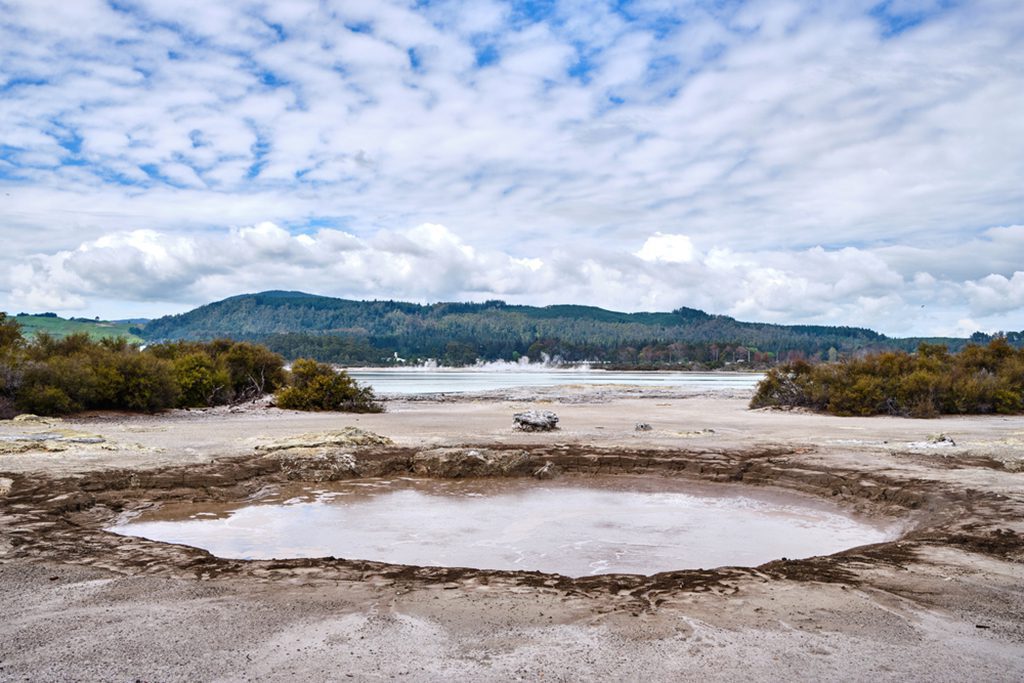
The Rotorua Caldera, which was formed hundreds of thousands of years ago when the volcano’s peak collapsed during a cataclysmic eruption, is today a beautiful and tranquil area. The caldera’s 16 km diameter is home to Lake Rotorua’s shallow waters, which are surrounded by hot springs and geysers that bubble and spray.
Mokoia, a small lava dome island in the middle of the lake, is revered by the Maori because it features prominently in one of their famous legends. Many visitors rent kayaks or go on a boat tour to experience the warm waters of Rotorua Caldera, a popular spot for fishing and swimming because of its breathtaking beauty.
Rotorua, a city on the lake, is a great place to relax with its soothing hot springs, beautiful shoreline, and laid-back atmosphere.
5. Mount Tarawera
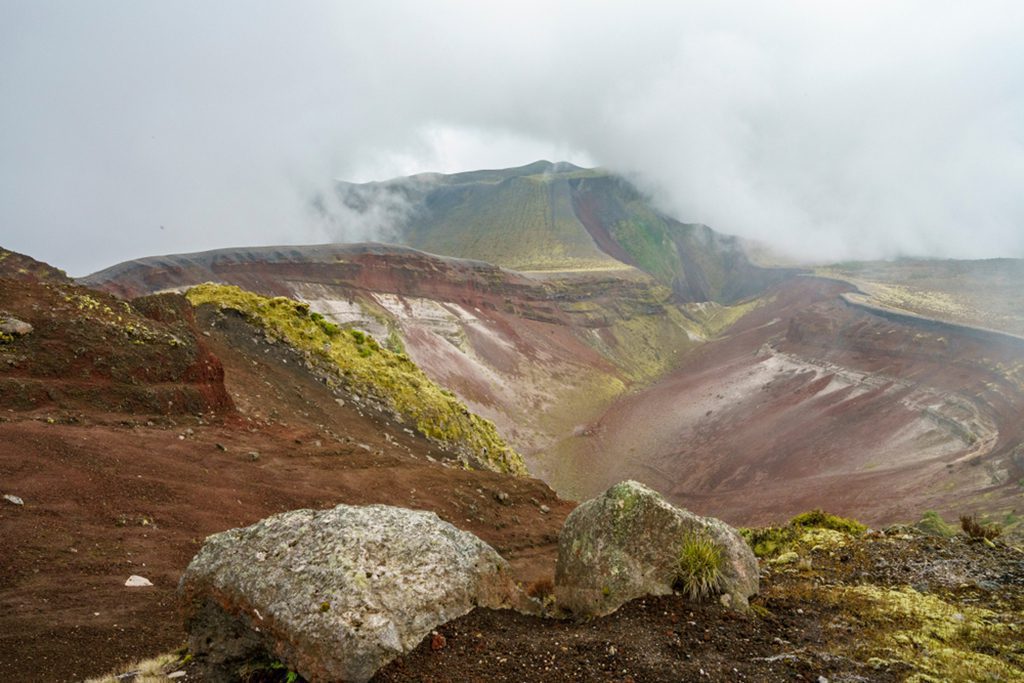
The picturesque Mount Tarawera, located not far from Rotorua, is now comprised of collapsing cliffs and craters due to its tremendous eruption in 1886, which permanently altered the landscapes surrounding it. The volcano contains three separate domes, the highest of which is 1,111 meters high, and is pocked with vibrant chasms and dramatic fissures.
These are the remains of the Pink and White Terraces, previously one of the most visited tourist attractions in all of New Zealand. Today, though, their ruins are fascinating to explore, and their pastel colors show out beautifully against Lake Tarawera’s still surface.
4. Mount Tongariro
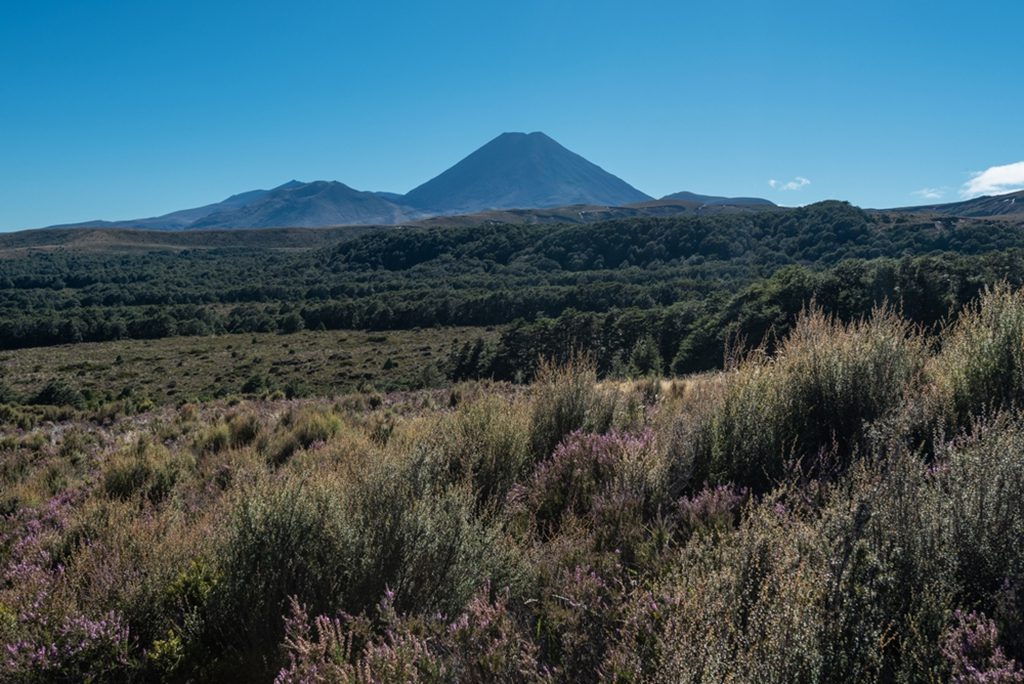
Mount Tongariro, a volcanic mountain with at least 12 individual cones, is located in the core of the North Island’s Taupo Volcanic Zone. The mountain, at an altitude of 1,978 meters, is surrounded by barren, surreal landscapes of jagged rock formations, cliffs, and deep ravines.
Due to the breathtaking natural beauty of the area, many scenes from the Lord of the Rings movie were filmed here. The steep-sided stratovolcano is a popular hiking destination, and the Tongariro Alpine Crossing is well-known all over the globe. As if that weren’t enough, it’s also home to the beautiful Emerald Lakes.
Tongariro National Park and the neighboring mountains of Ruahepu and Ngauruhoe are clearly seen from the peak. Mount Tongariro, New Zealand, is perhaps one of the world’s most impressive volcanoes for several reasons.
3. Mount Ruapehu
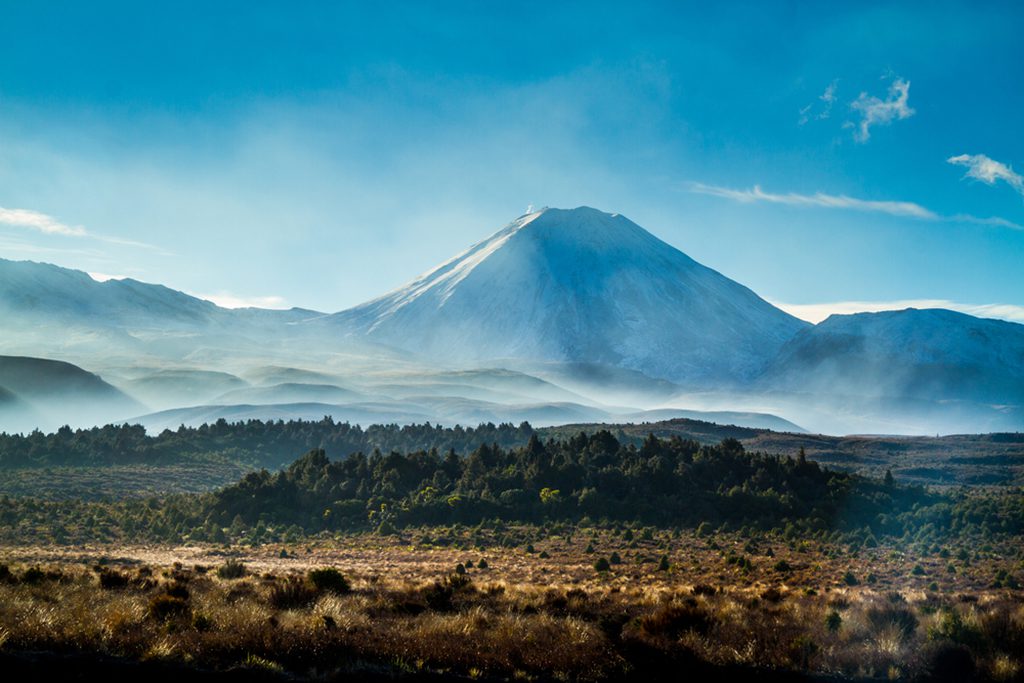
Mount Ruapehu, New Zealand’s highest mountain, towers above the Rangipo Desert, its glaciers glistening in the sunlight. Ruapehu, the biggest active volcano in New Zealand, has three summits, all of which are higher than 2,700 meters and are covered with snow.
At its peak, travelers can take in breathtaking views of the North Island and explore the picturesque crater lake that sits at its base. As a result of its expansive slopes and towering peaks, it is a fantastic location for skiing and snowboarding, as well as hiking and climbing.
2. Mount Taranaki
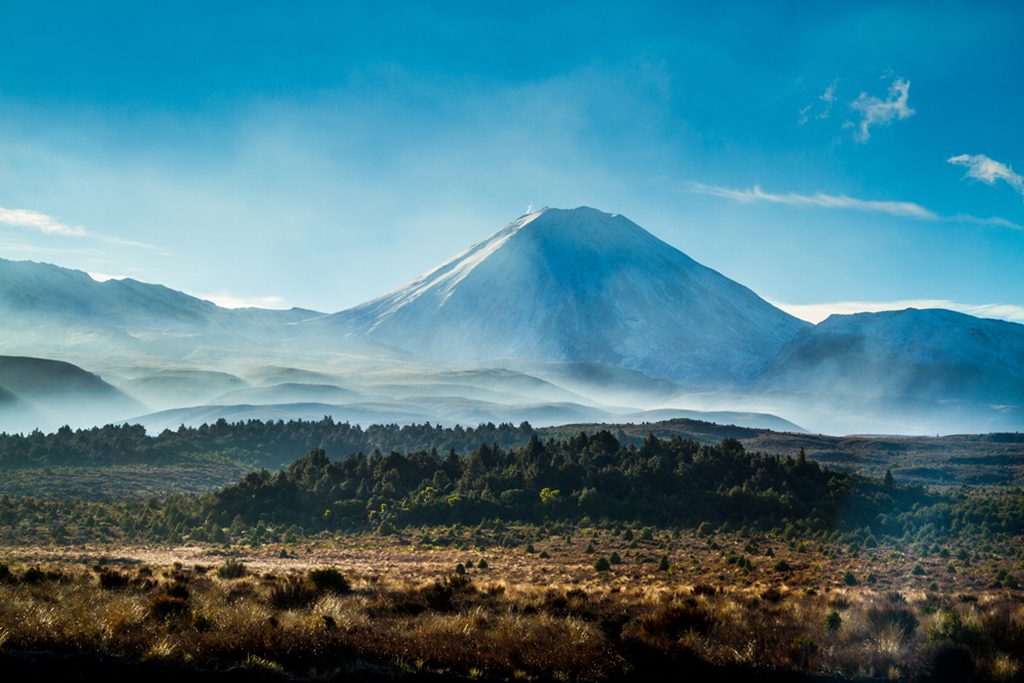
Mount Taranaki is a massive mountain on the north island’s western coast, overlooking the Tasman Sea and towering over the nearby Egmont National Park. The 2,518-meter peak of the stratovolcano is often blanketed in snow throughout the winter and is sometimes likened to Japan’s Mount Fuji due to their almost identical shapes.
It is also known as Mount Egmont, although its Maori name is considered to mean “shining peak” because of its reflective summit. The stark and barren slopes of the great mountain give way to beautiful old-growth forests, swamps, rivers, and waterfalls atop three earlier volcanic complexes. Excellent hiking can be found in each of these diverse habitats, with breathtaking views in every direction.
1. Mount Ngauruhoe
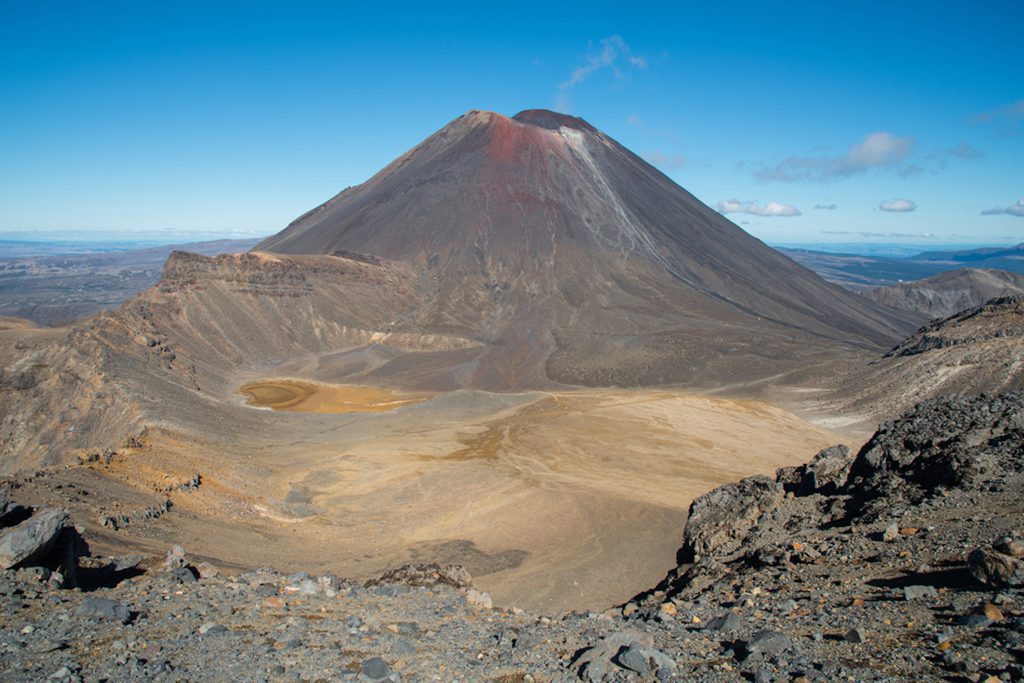
Mount Ngauruhoe, formerly one of New Zealand’s most active volcanoes, hasn’t erupted in almost 50 years. There were 45 eruptions only in the 20th century. Therefore, the surrounding landscape seems utterly devastated, burned, and disfigured by lava and ash.
Its collapsing crater still puts out a lot of heat and gas, and climbing its 2,291-meter-high cone can be tricky due to the cone’s loose rocks and sloping surfaces. As a reward for your efforts, however, you will be awarded with stunning panoramas of Mount Tongariro to the north and Mount Ruapehu to the south once you reach the peak.
The ominous volcano was a perfect choice for the role of Mount Doom in the Lord of the Rings movies.


